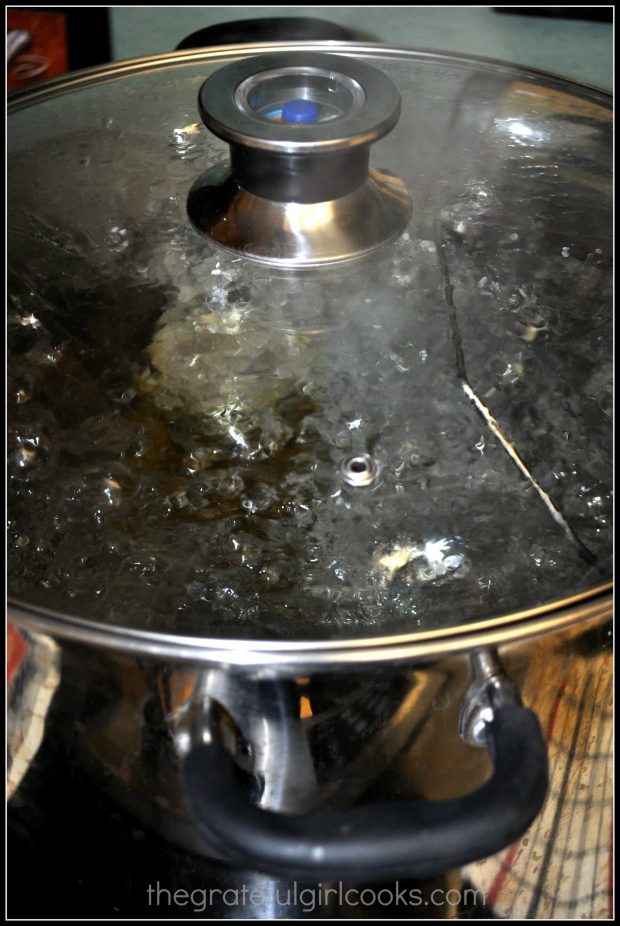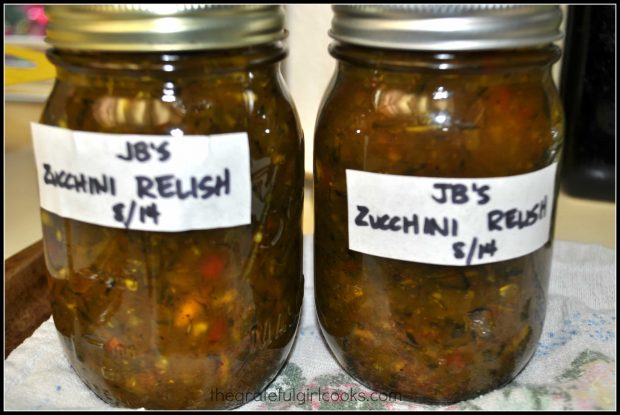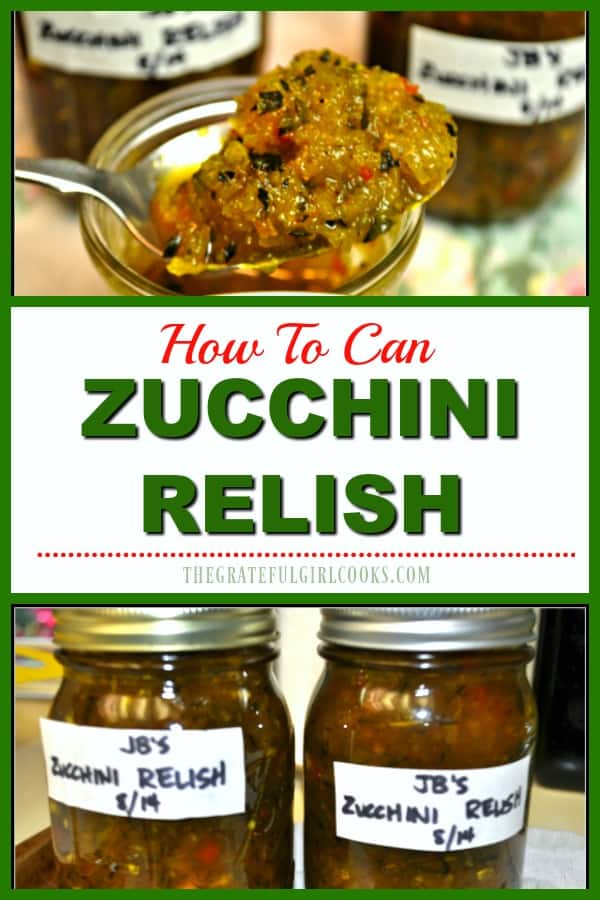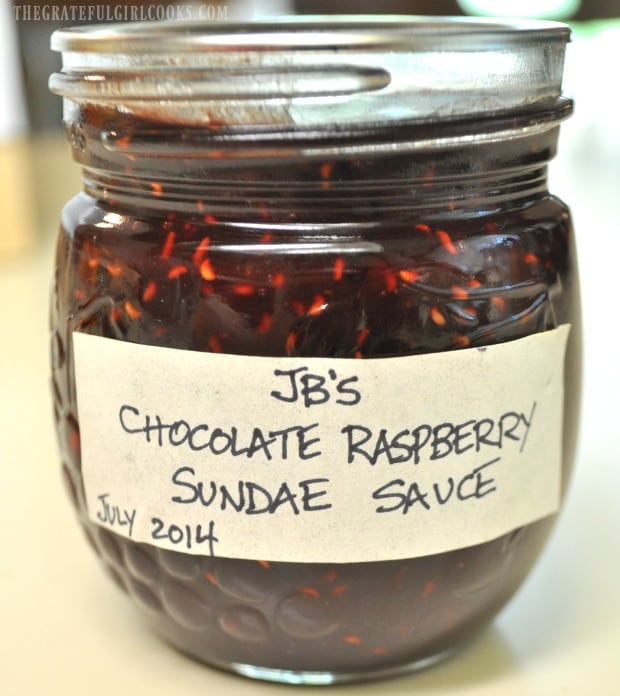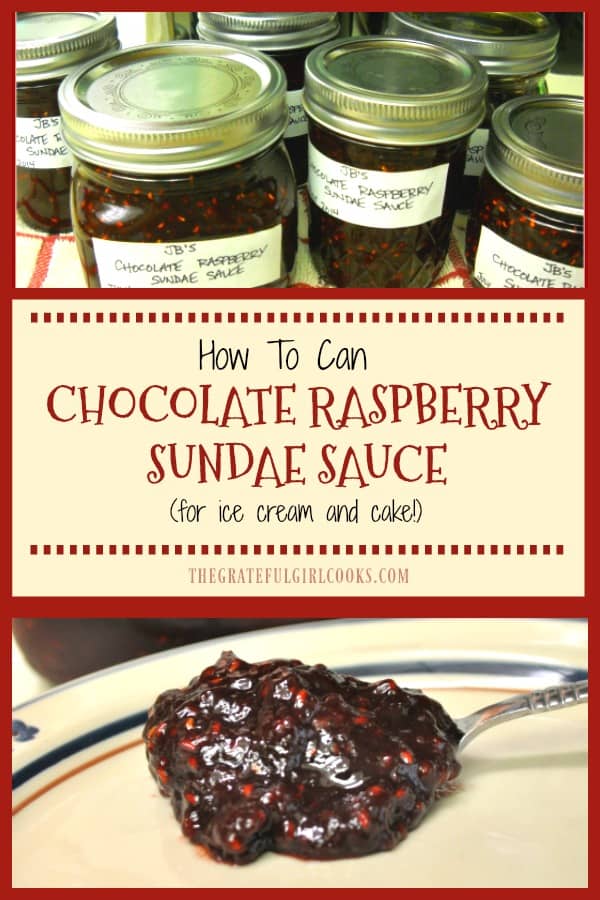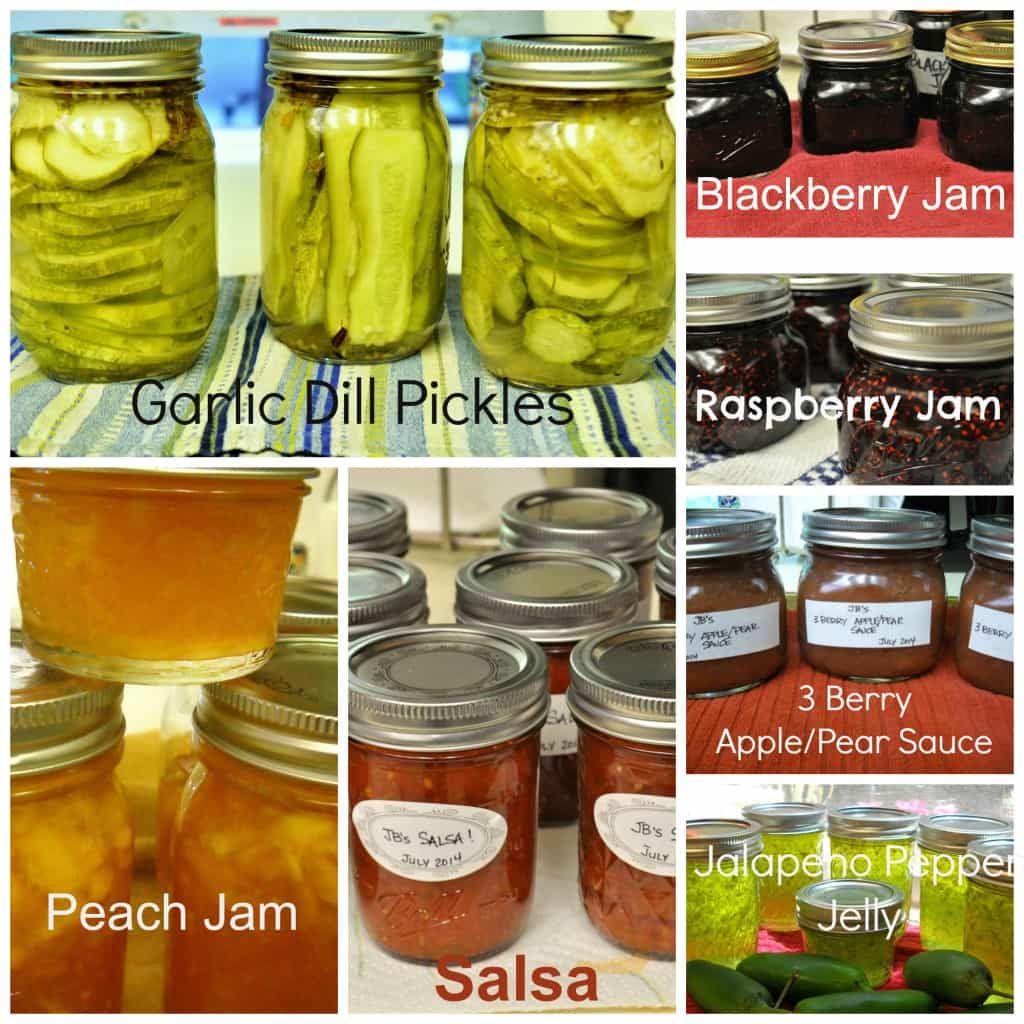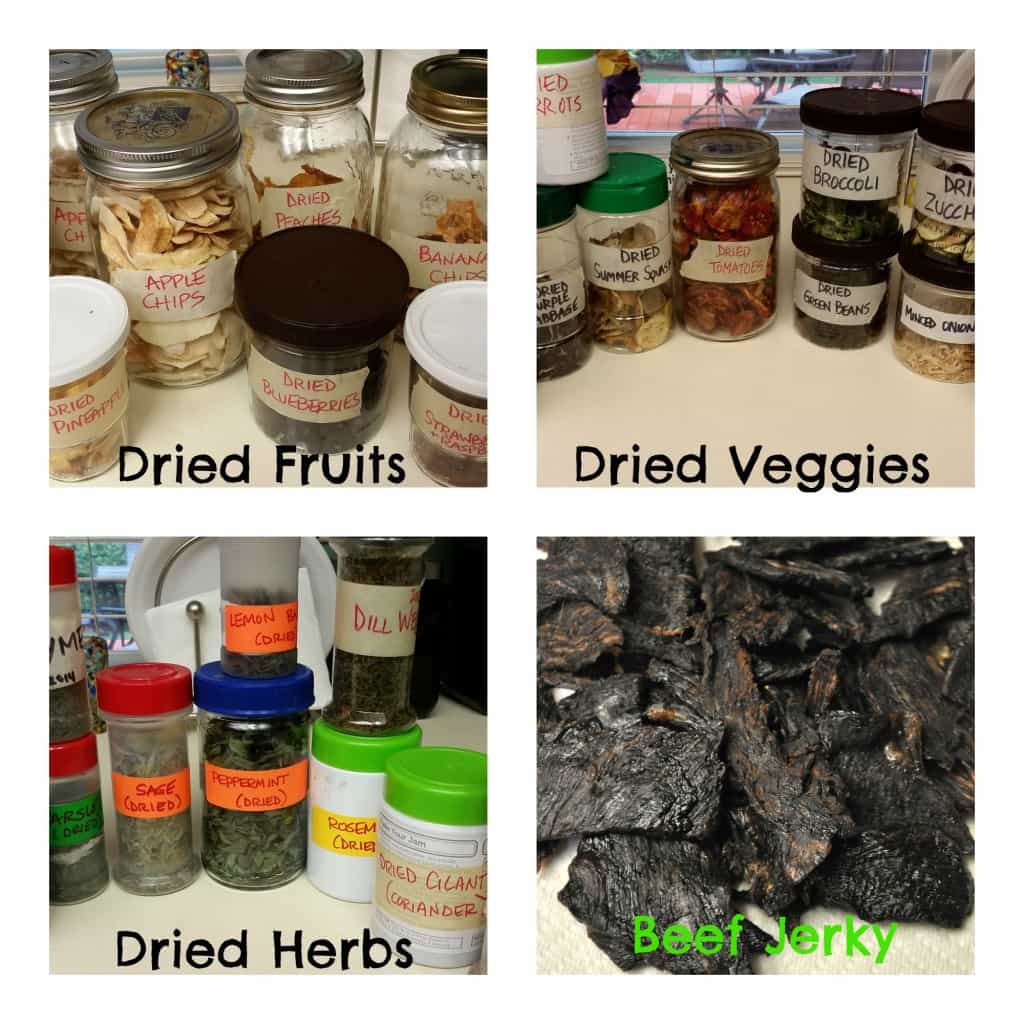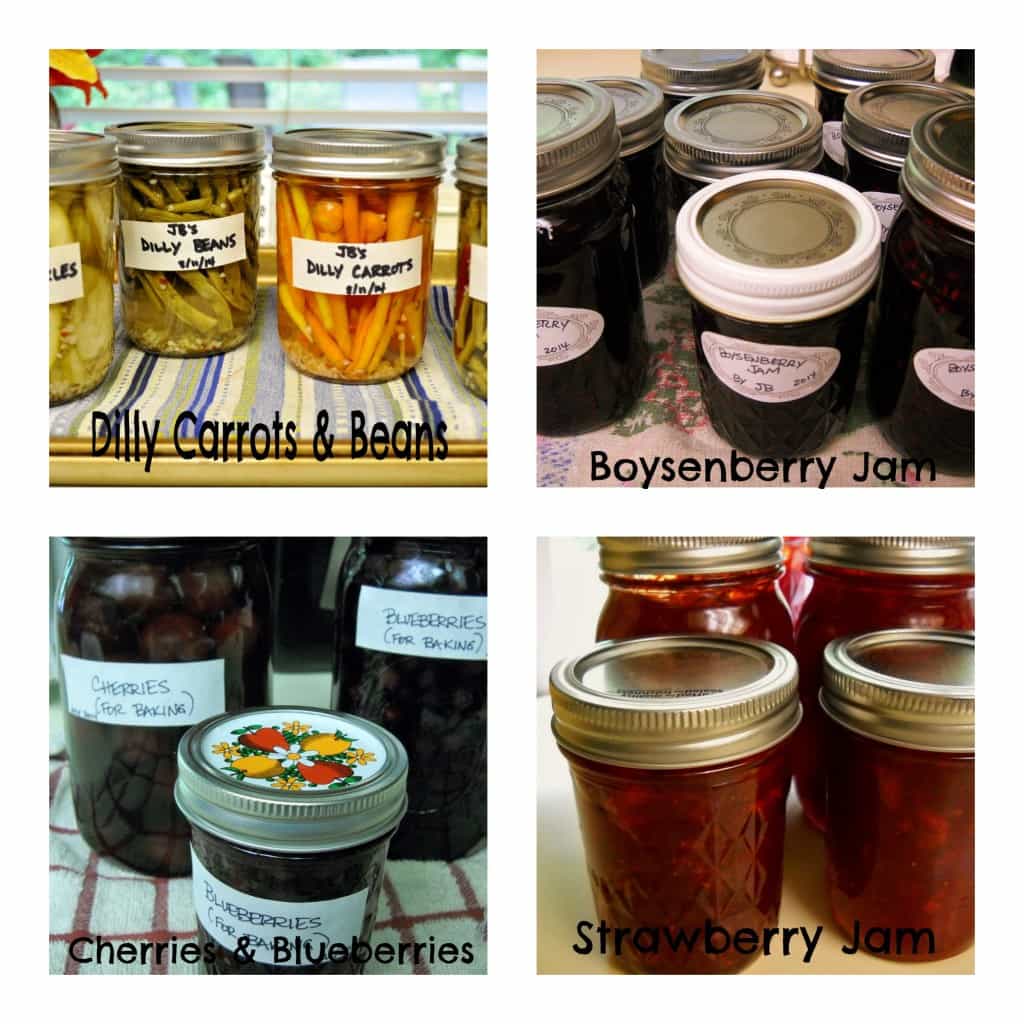Smooth creamy apple butter is a delicious topping for toast, pound cake, or can be a sauce for roast pork. Learn how to can it with step by step instructions.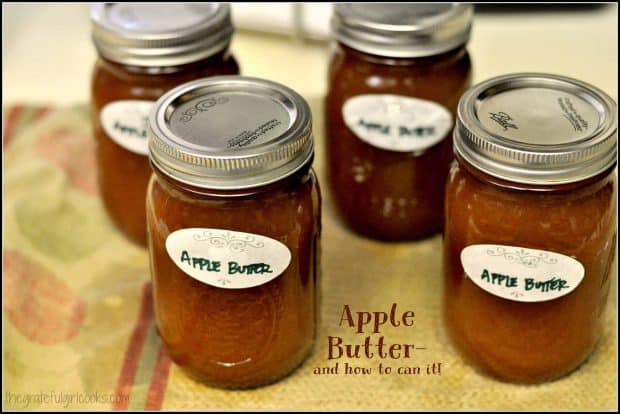
Apples and Fall go together… like rain galoshes and buckets of rain, here in the Pacific Northwest! If you’ve never tried Apple Butter before, you’re missing out! Smearing a spoonful of it on a piece of toast is cinnamon-apple goodness, folks!
I’ve read that a lot of people use apple butter (think “jam”) as an accompaniment to roasted pork or other meat dishes, but I prefer it in it’s purest form… spread on a great piece of toast. Apple Butter tastes like FALL, to me, with apples, sugar, cinnamon and cloves blended into this wonderful spread!
This recipe yields 8 half-pint (8 oz.) or 4 pint sized (12 oz.) jars of Apple Butter. I canned 4 pint jars and gave a couple of the jars away to friends to enjoy, but that’s another story. If not canning for long term storage, make sure jars are refrigerated and apple butter used within a couple weeks.
Scroll Down For A Printable Recipe Card At The Bottom Of The Page
How To Make Apple Butter
In a mixing bowl, whisk together granulated sugar, cinnamon and ground cloves; set aside. (If you are using really sweet apples, decrease sugar amount to 5 cups).
Place peeled, cored and quartered apples in a large stainless steel saucepan, along with water. You can use a variety of apples including Gala, Gravenstein, Golden Delicious, McIntosh, Braeburn, etc. You can also mix varieties to suit your taste.
These softer, sweet apples seem to work the best for making this apple butter, as opposed to using tart firm apples, such as Granny Smith.
Bring this mixture to a full boil on medium-high heat. Reduce the heat to low and continue to gently boil the apples and water for about 30 minutes. Stir occasionally. Apples should be softened.
Using an immersion blender (or a canister blender or food processor), puree the hot apple mixture until you have a consistent, smooth texture, but do not liquefy.
Measure out apple puree (see recipe below) and pour it into a large, clean stainless steel saucepan. Add the sugar/cinnamon/clove mixture; stir to combine.
Bring the puree to a boil (medium-high), and stir frequently while it cooks. Once it reaches a boil, reduce heat again to low and boil gently until the puree has thickened and can hold it’s shape on a spoon.
Here’s an easy way to test and see if it is done. Take a small spoonful and put it onto a CHILLED plate. If the liquid does NOT separate (making a watery rim around the edge), and the puree maintains a spreadable shape, then the apple butter is ready.
If you are NOT canning the apple butter, ladle the hot butter into clean mason jars, wipe lids clean, secure lids on jars, and refrigerate (and/or give away). Apple Butter that is not canned must be kept refrigerated, and has a limited storage time.
Canning Apple Butter
If you ARE canning for long term storage, prepare jars, canner, and jar lids while making the apple butter, according to canner manufacturer and USDA canning guidelines.
Ladle the hot apple butter into hot canning jars. Leave 1/4 inch head space. Remove air bubbles by inserting plastic knife or plastic canning tool into butter several times. Adjust the head space, if necessary, to maintain 1/4 inch head space. Wipe the rims of the jars clean, then put flat lid on, followed by screw lid. Tighten it just to fingertip tight.
Process apple butter on rack in prepared canner, and process according to directions (see recipe below).
When done, remove canner lid, wait 5 minutes, then carefully remove jars from canner; let jars cool on kitchen towel on counter (not directly on counter-don’t want them to crack due to temperature extremes). Once you have made sure jars have sealed (with the famous “pinging sound”), let them cool for 24 hours, then store.
Time To Enjoy Some Apple Butter!
Enjoy some of this tasty apple butter, spread on a good piece of toast! It also tastes wonderful as a topping for plain yogurt, or even added to vanilla ice cream!
I hope you enjoy this delicious recipe. If you have a lot of pears you want to use up, be sure to check out my blog post for canning Pear Butter (no pectin). It’s delicious, too! .Have a great day. Be kind… encourage those who are experiencing pain or sorrow, and be a force for GOOD in this hurting world!
Looking For More CANNING Recipes?
You can find all of my canning recipes in the Recipe Index, located at the top of the page. They include:
Interested In More Recipes?
Thank you for visiting this website. I appreciate you using some of your valuable time to do so. If you’re interested, I publish a newsletter 2 times per month (1st and 15th) with all the latest recipes, and other fun info. I would be honored to have you join our growing list of subscribers, so you never miss a great recipe!
There is a Newsletter subscription box on the top right side (or bottom) of each blog post, depending on the device you use, where you can easily submit your e-mail address (only) to be included in my mailing list.
You Can Also Find Me On Social Media:
Facebook page: The Grateful Girl Cooks!
Pinterest: The Grateful Girl Cooks!
Instagram: jbatthegratefulgirlcooks
 Recipe Source: Ball Complete Book Of Home Preserving, page 53, Published by Robert Rose, Inc., 2006.
Recipe Source: Ball Complete Book Of Home Preserving, page 53, Published by Robert Rose, Inc., 2006.
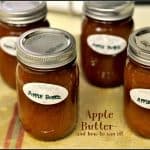
Smooth creamy apple butter is a delicious topping for toast, pound cake, or can be a sauce for roast pork. Learn how to can it with step by step instructions.
- 6 lbs. apples (peeled, cored, and quartered)
- 3 cups water
- 6 cups sugar (if using sweet apples, decrease to 5 cups)
- 1 1/2 teaspoons ground cinnamon
- 1/2 teaspoon ground cloves
- Combine the apples and water in a large saucepan. Bring this to a boil over medium-high heat. Once it reaches boiling, reduce the heat to low and boil mixture gently, for about 30 minutes, until the apples soften. Stir mixture occasionally.
- Puree the apple mixture using an immersion blender OR transfer the apple mixture to a food processor or blender. Process until smooth, but do not liquefy.
- Measure out 12 cups of apple puree into a clean large saucepan. Add sugar, cinnamon and cloves. Stir this mixture up until all the sugar has dissolved. Once dissolved, bring the mixture to a boil (again over medium-high heat). Once it reaches a boil, reduce heat to low and continue to cook. Stir this very frequently to prevent scorching. Continue cooking until the mixture thickens and can hold its shape on a spoon. To test to see if it is ready, spoon a spoonful of the apple mixture onto a CHILLED plate. If the liquid does not separate and form a rim around the edge of the apple butter, and the mixture can hold a spreadable shape, the apple butter is ready to place into canning jars.
- While the apple butter is cooking, prepare your canner, jars, and lids, according to manufacturer and USDA canning guidelines.
- Once apple butter is done, ladle the hot apple butter into your hot canning jars. Leave 1/4 inch headspace. Make sure to remove air bubbles, then re-adjust the headspace, if needed. Wipe rim well, to ensure it is clean. Place the flat lid on jar, then screw on the band until it is fingertip tight.
- Place jars onto rack in prepared canner. Make sure they are completely covered with water (water should be at least an inch over the top of jars). Place lid on canner. Bring water to a full rolling boil, then process jars for 10 minutes. Take off the canner lid; let jars sit in water for 5 more minutes, then remove jars to a dish towel on kitchen counter (do not place hot jars directly on kitchen counter as they could crack due to temperature variations). Let jars sit on counter undisturbed for 24 hours. After testing each jar to make sure they have sealed properly, the jars are safe to store in pantry.
Here’s one more to pin on your Pinterest boards!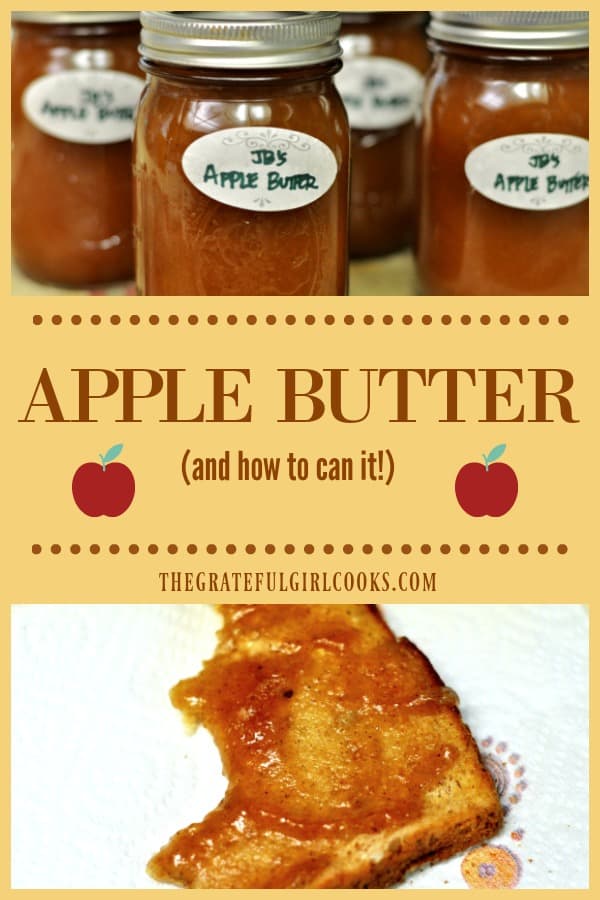
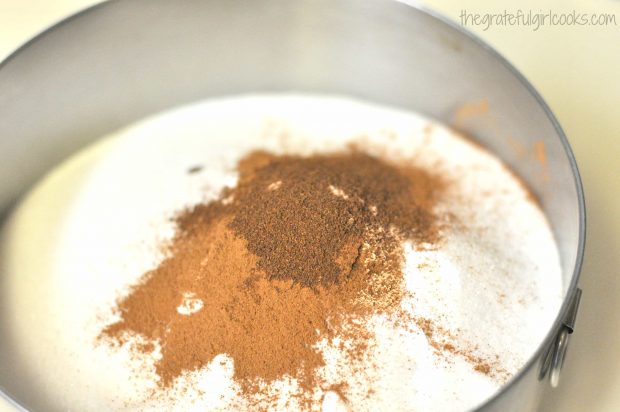
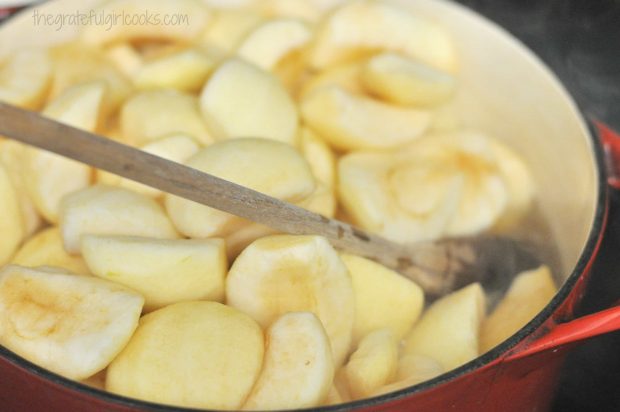


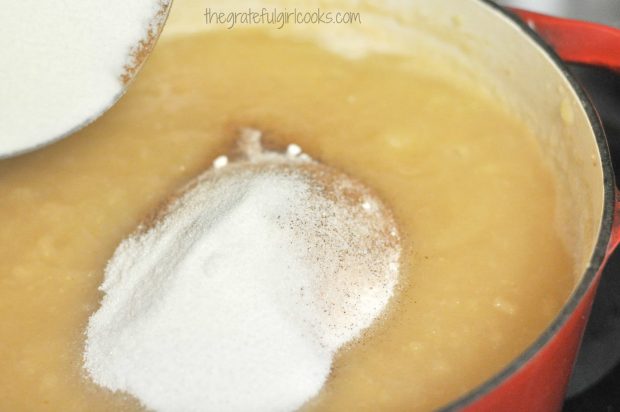

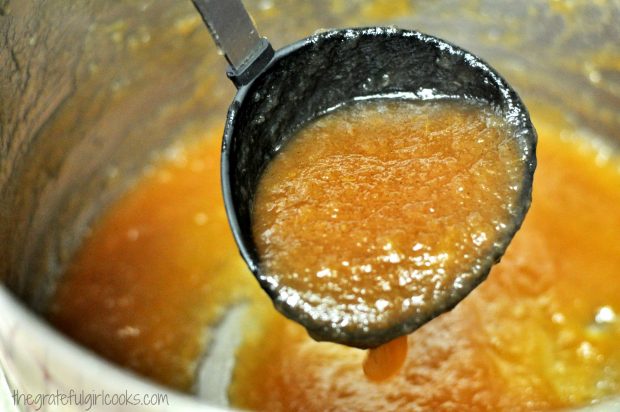


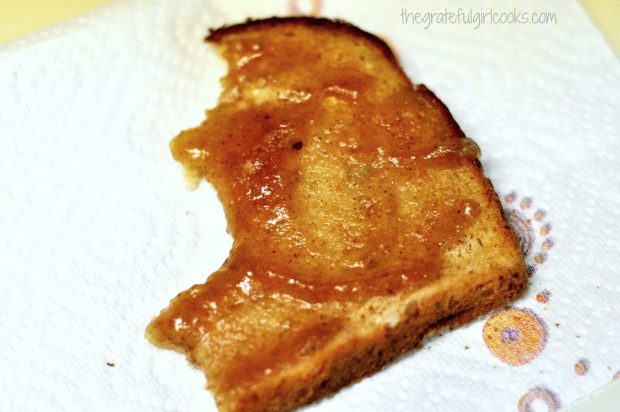



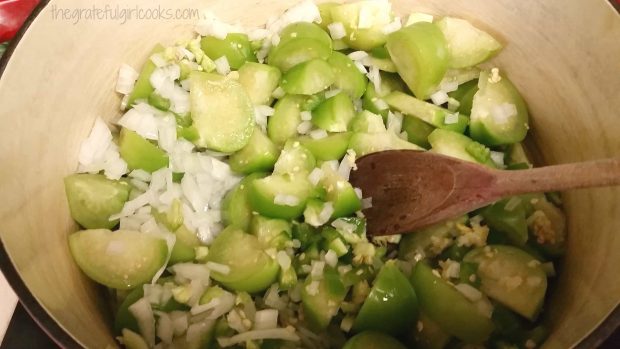
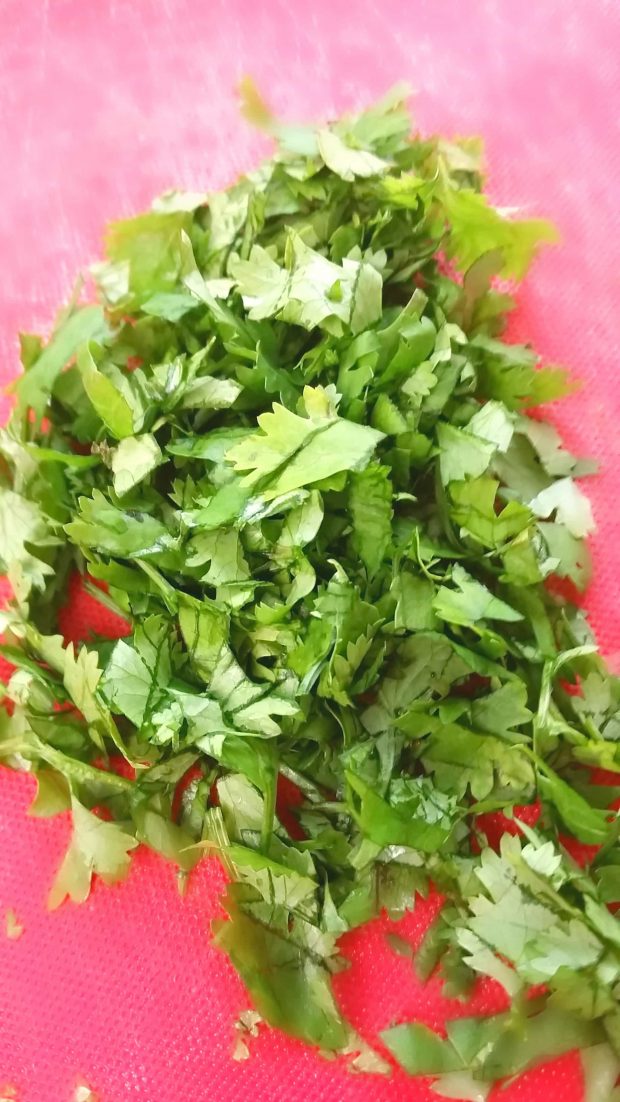
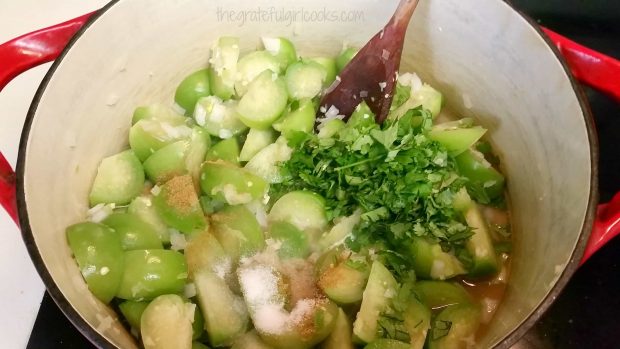


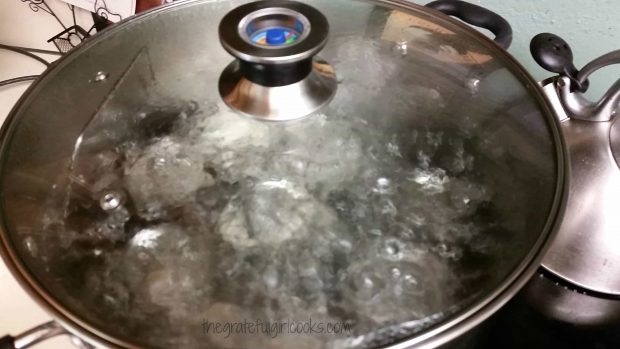

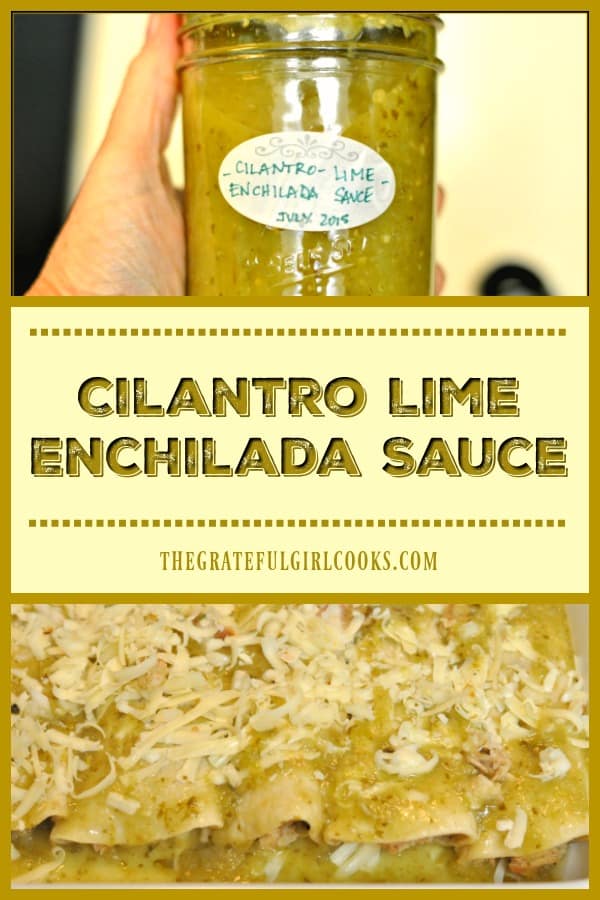



 Prepare The Raspberry Jam
Prepare The Raspberry Jam
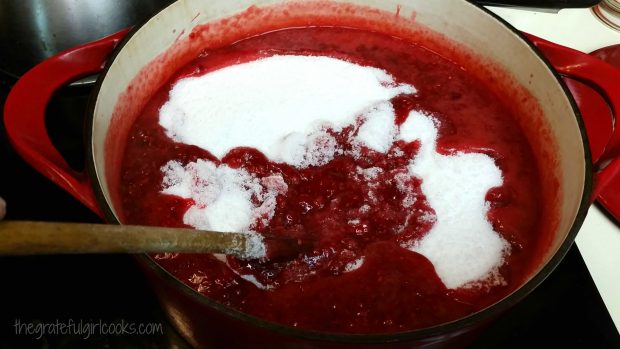

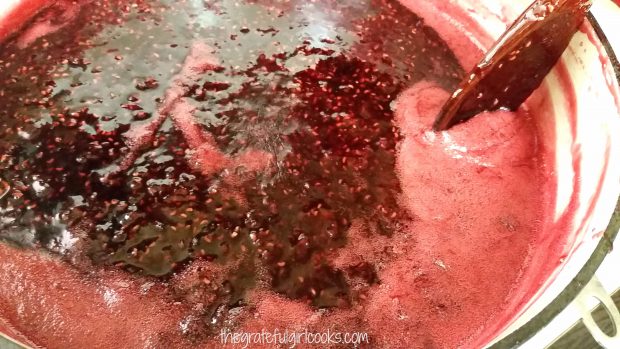 Fill the Jars With Jam
Fill the Jars With Jam
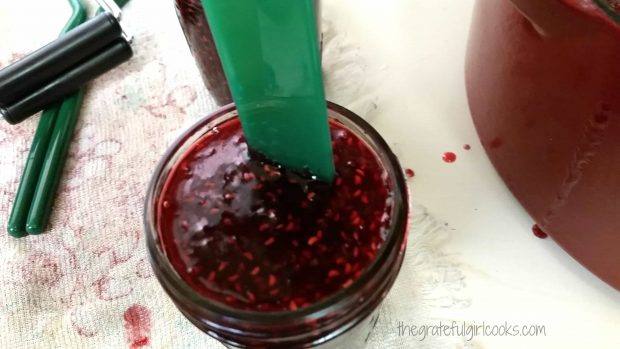


 Process The Jars Of Raspberry Jam
Process The Jars Of Raspberry Jam
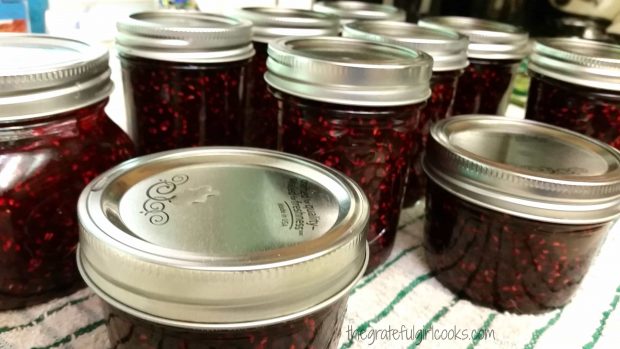
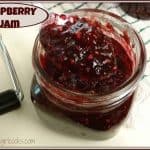
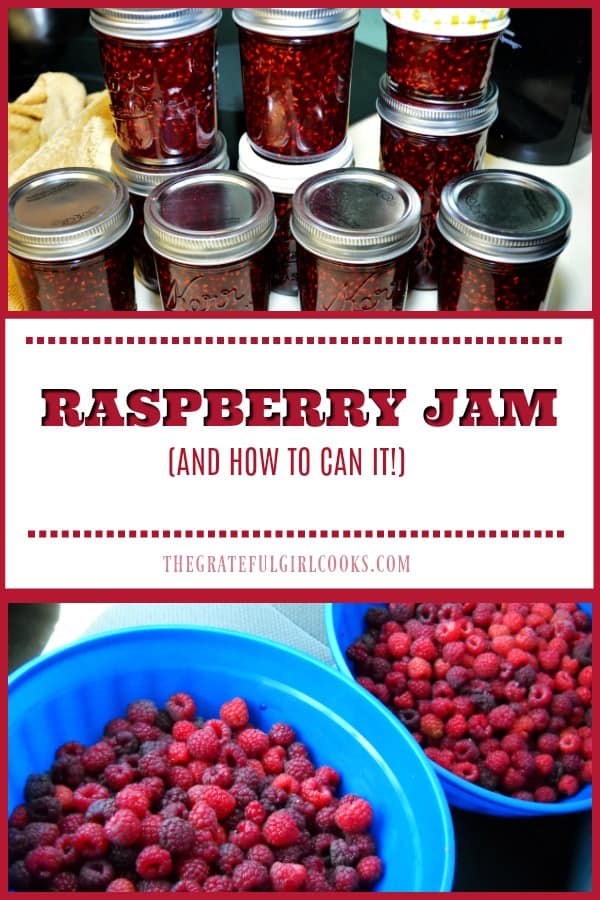
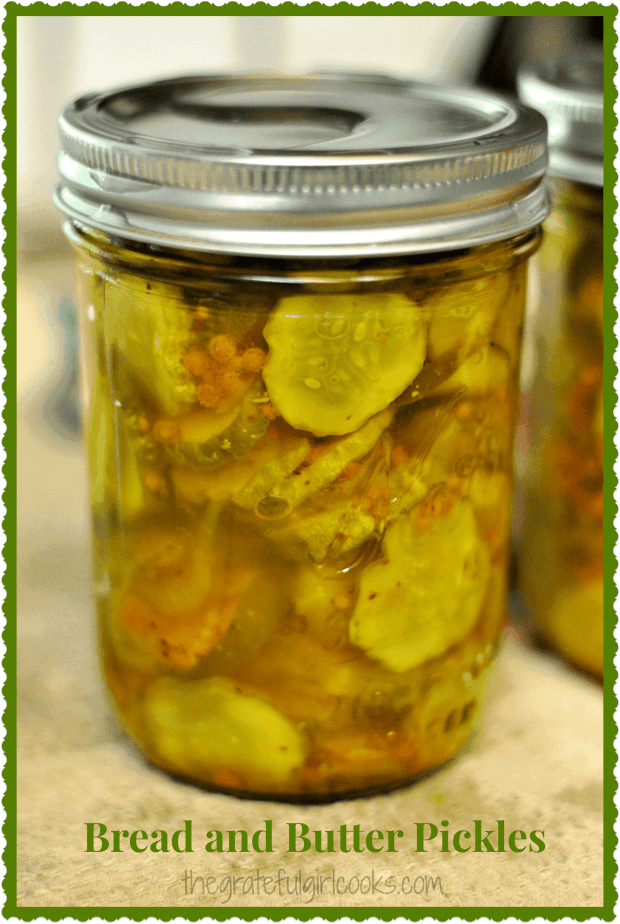
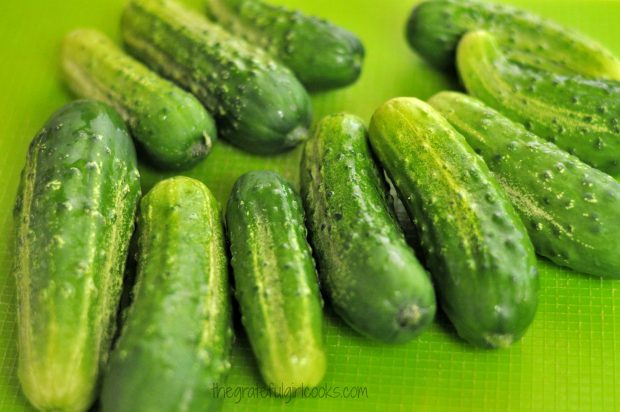







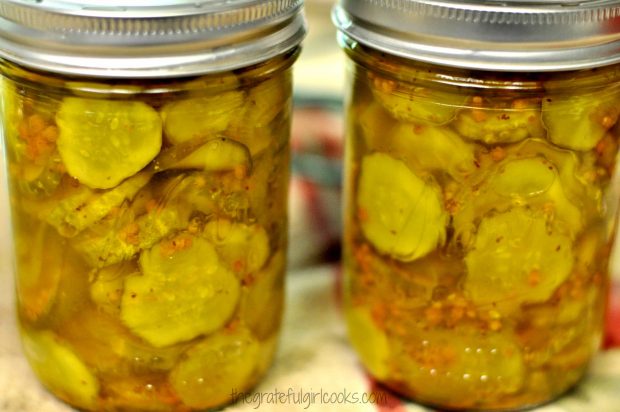

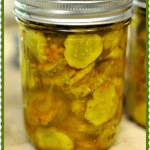



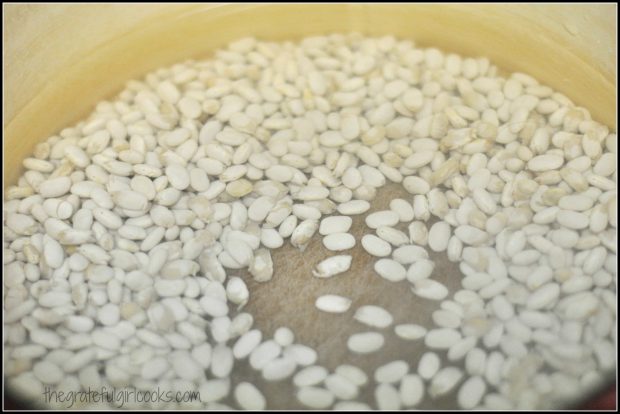
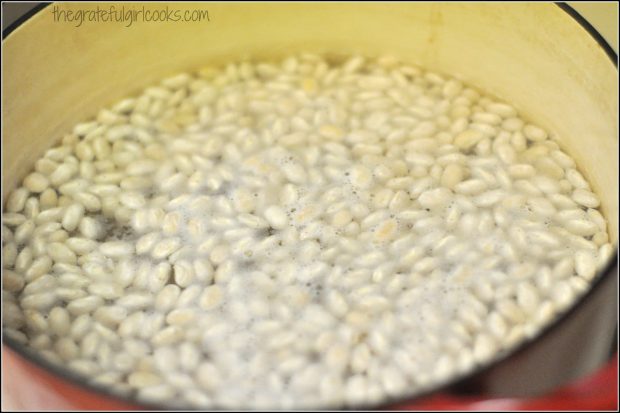

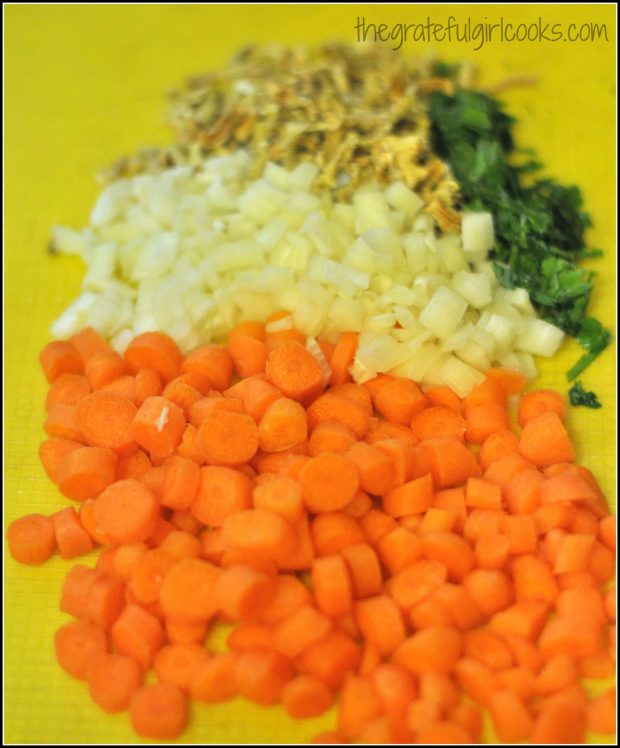
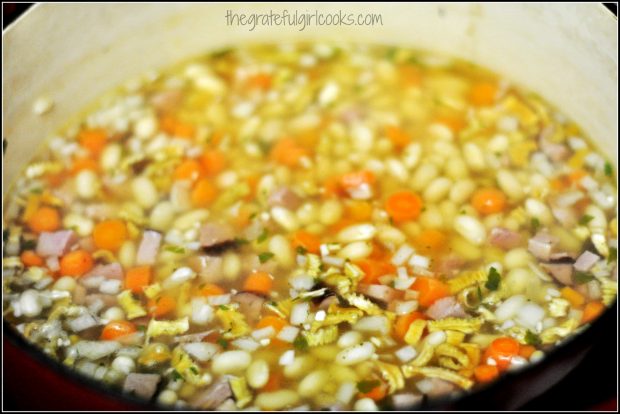
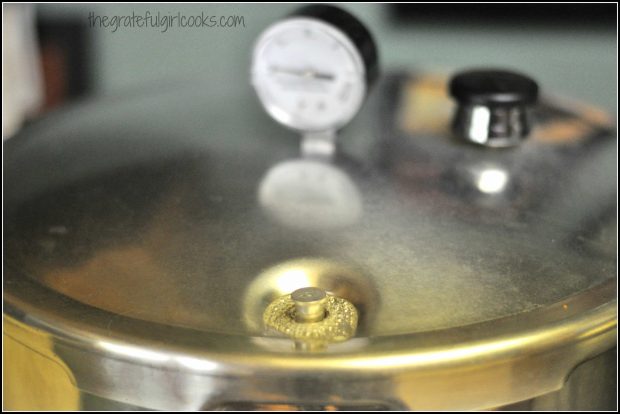 Canning / Processing Times
Canning / Processing Times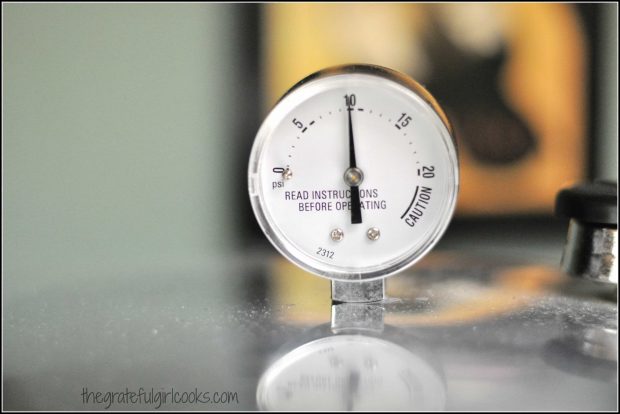
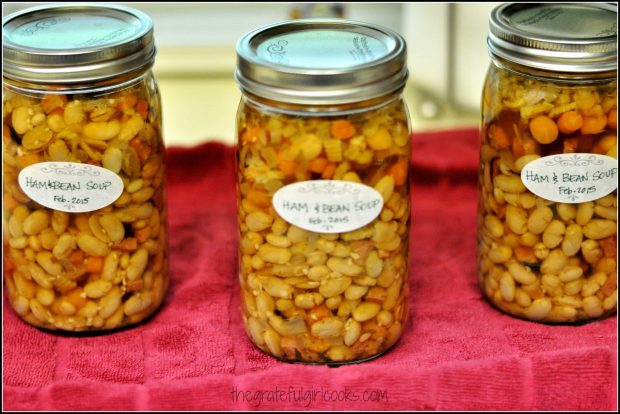


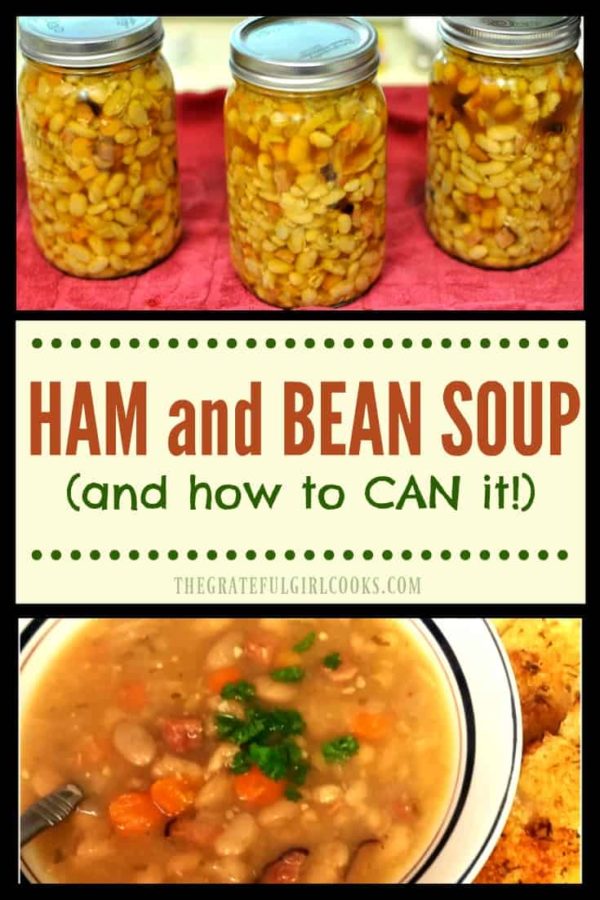
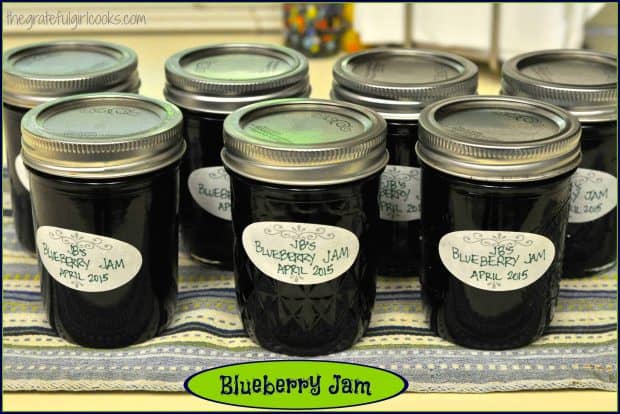
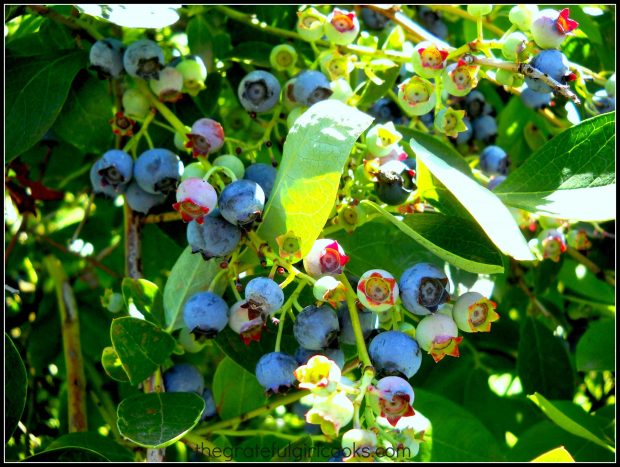
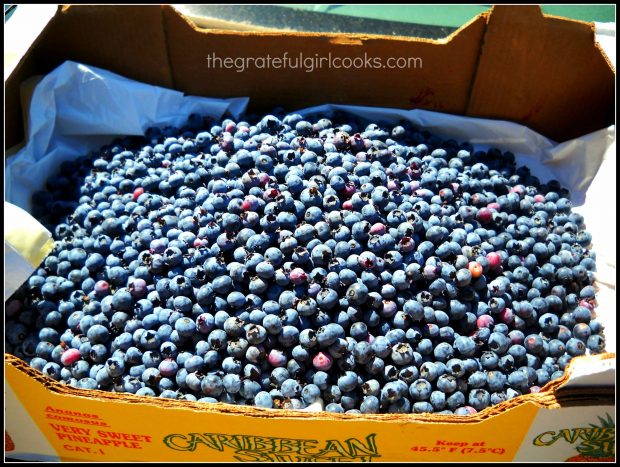

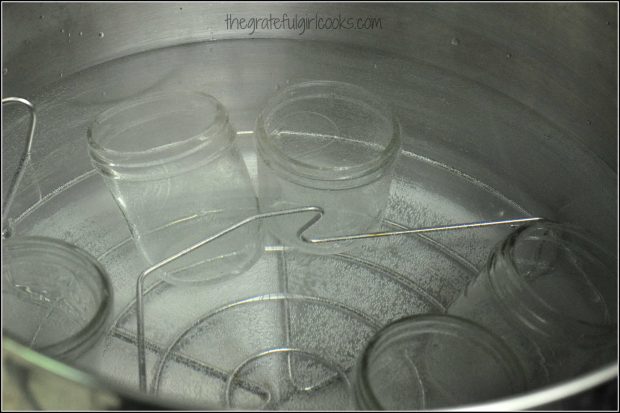
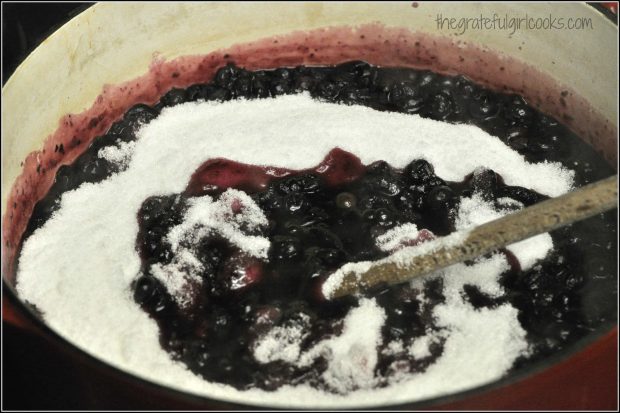
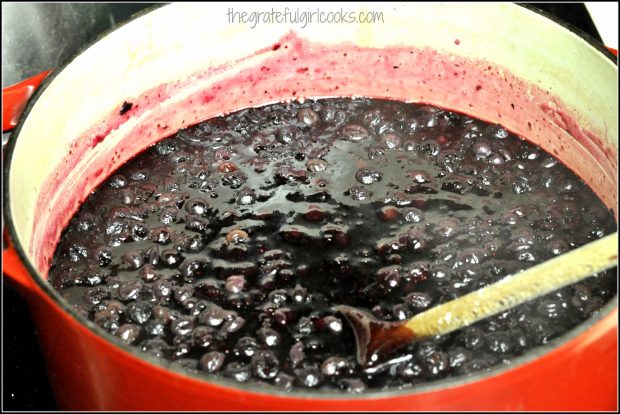



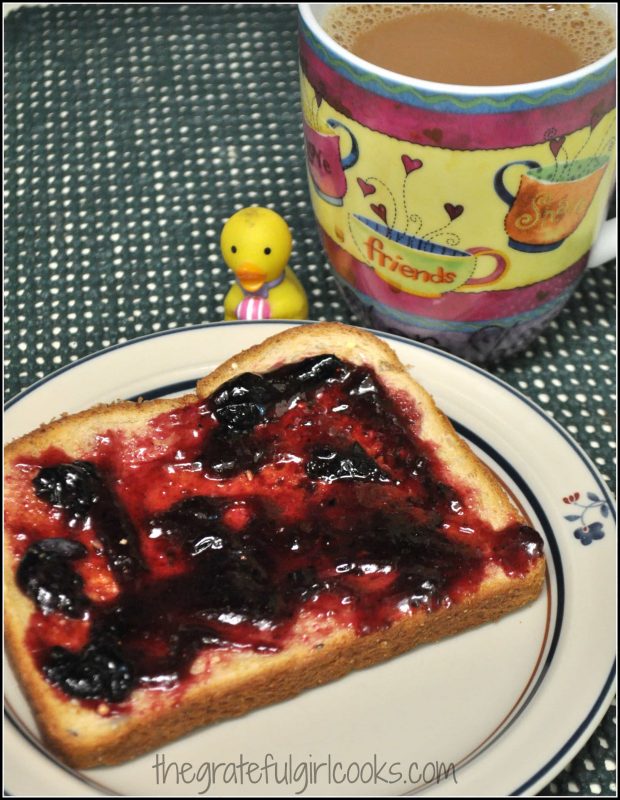
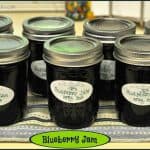


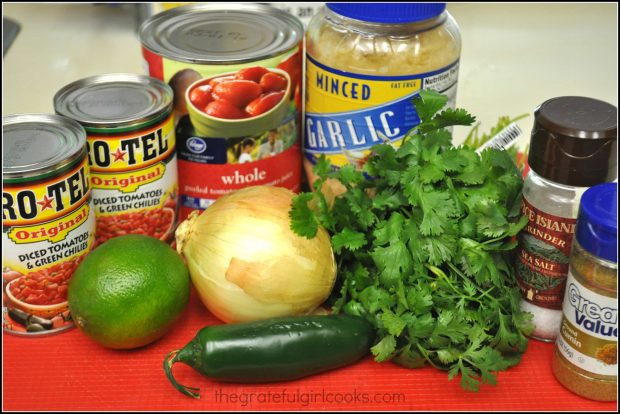
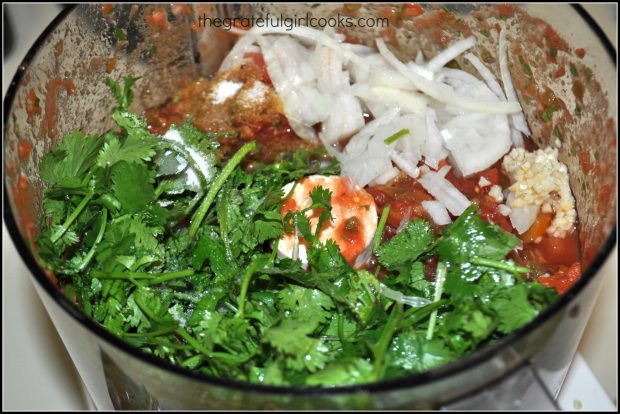
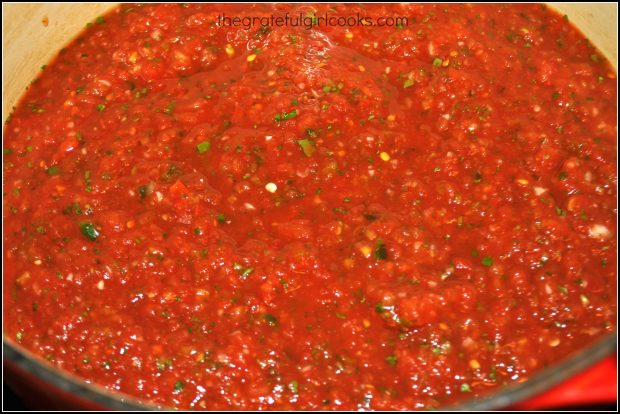

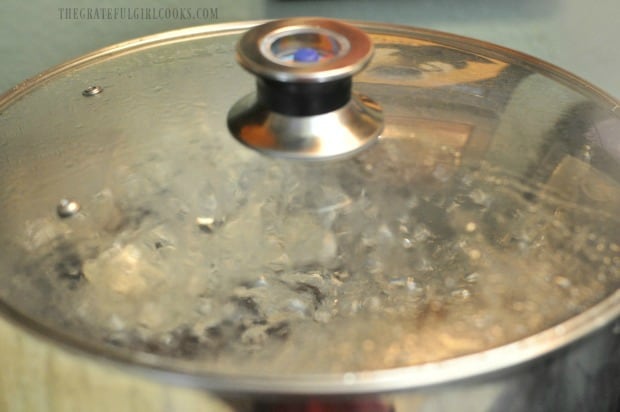

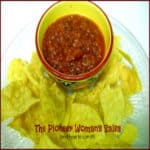


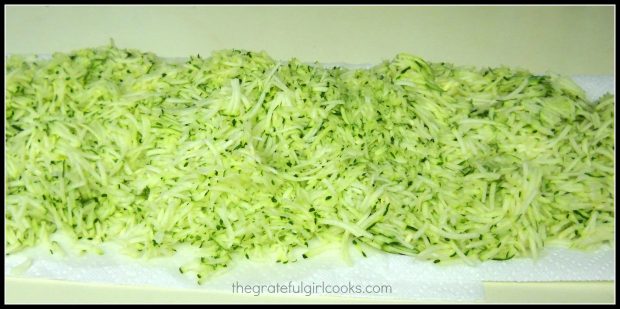
 Canning Zucchini Relish
Canning Zucchini Relish